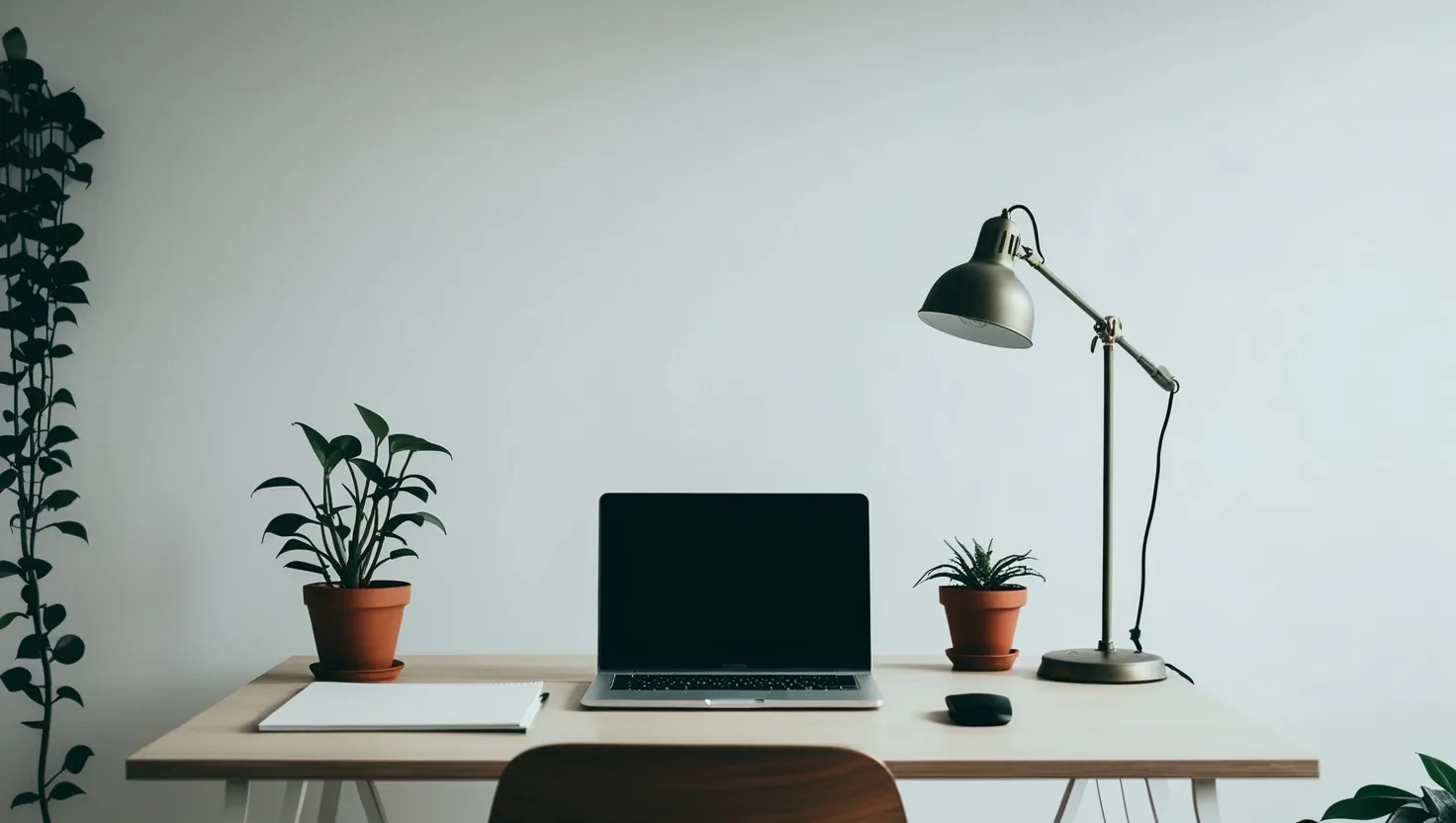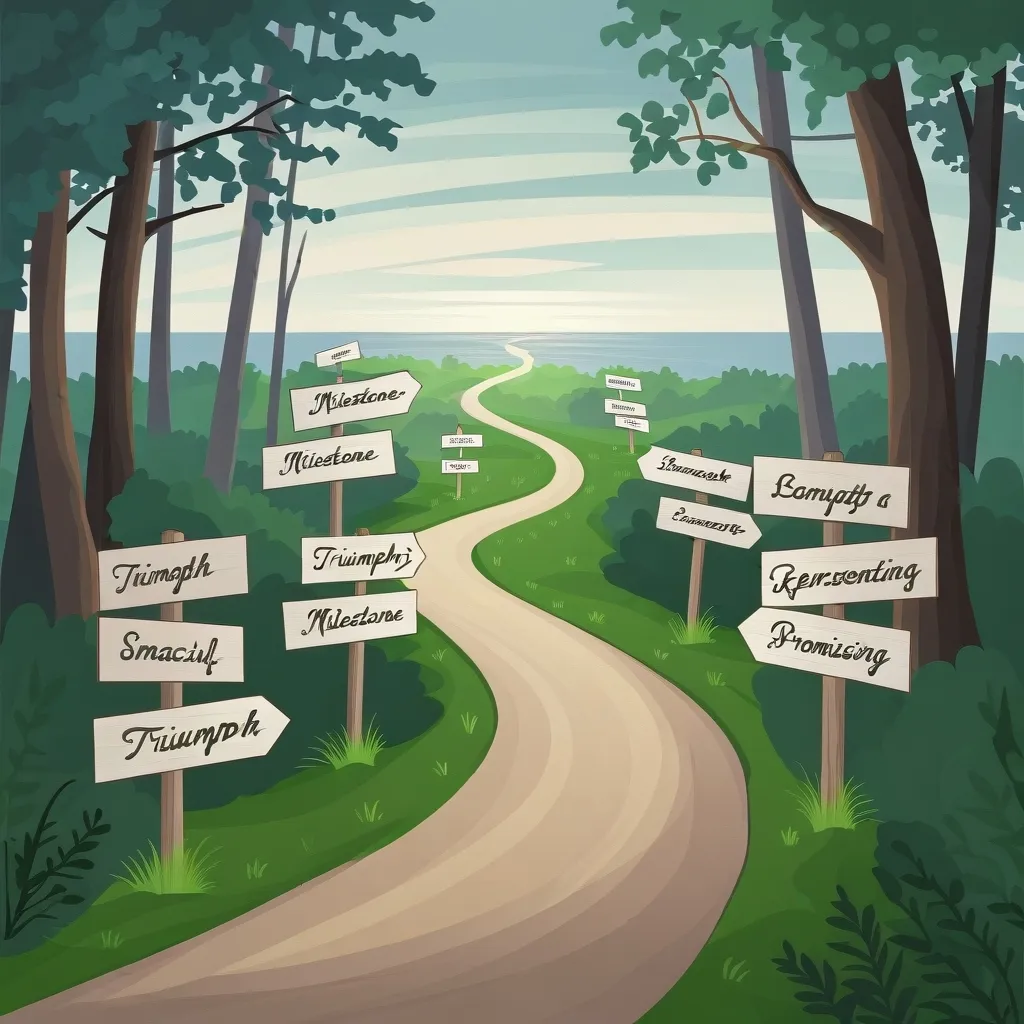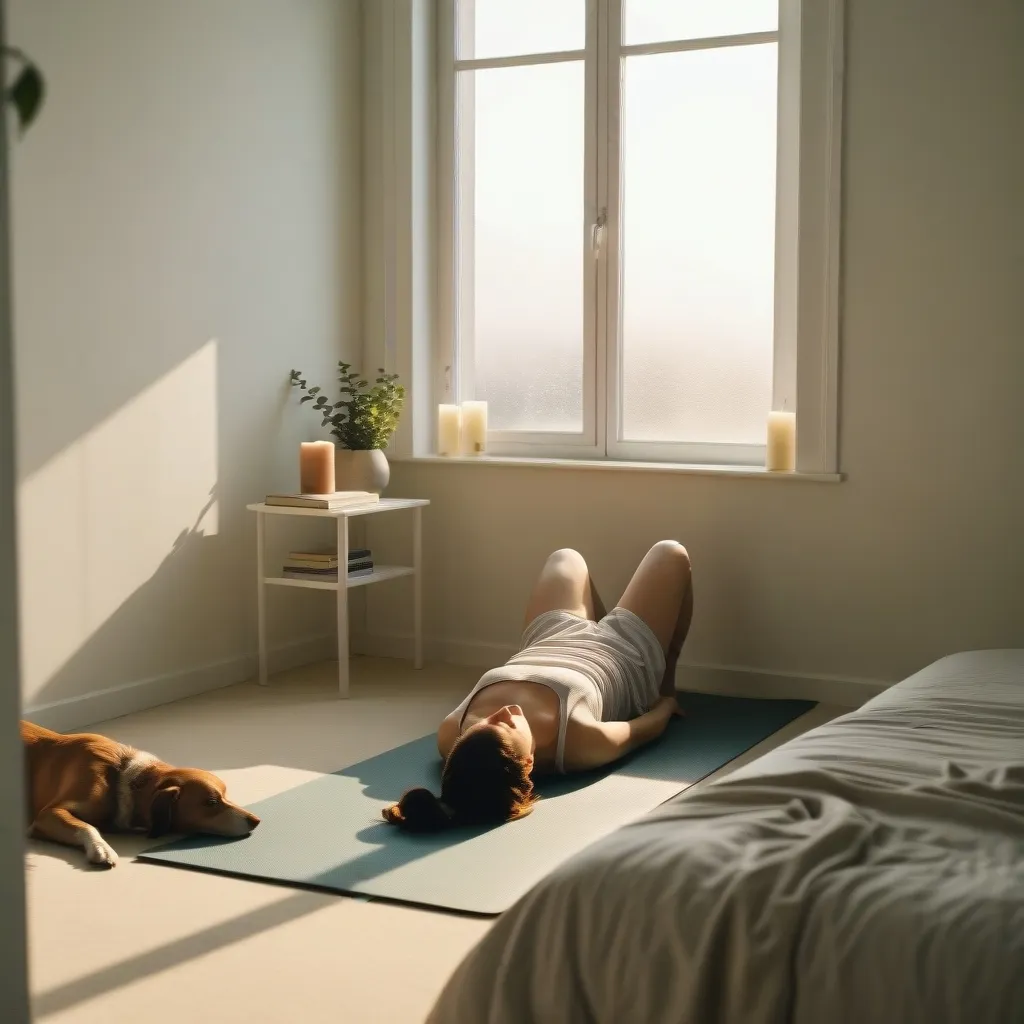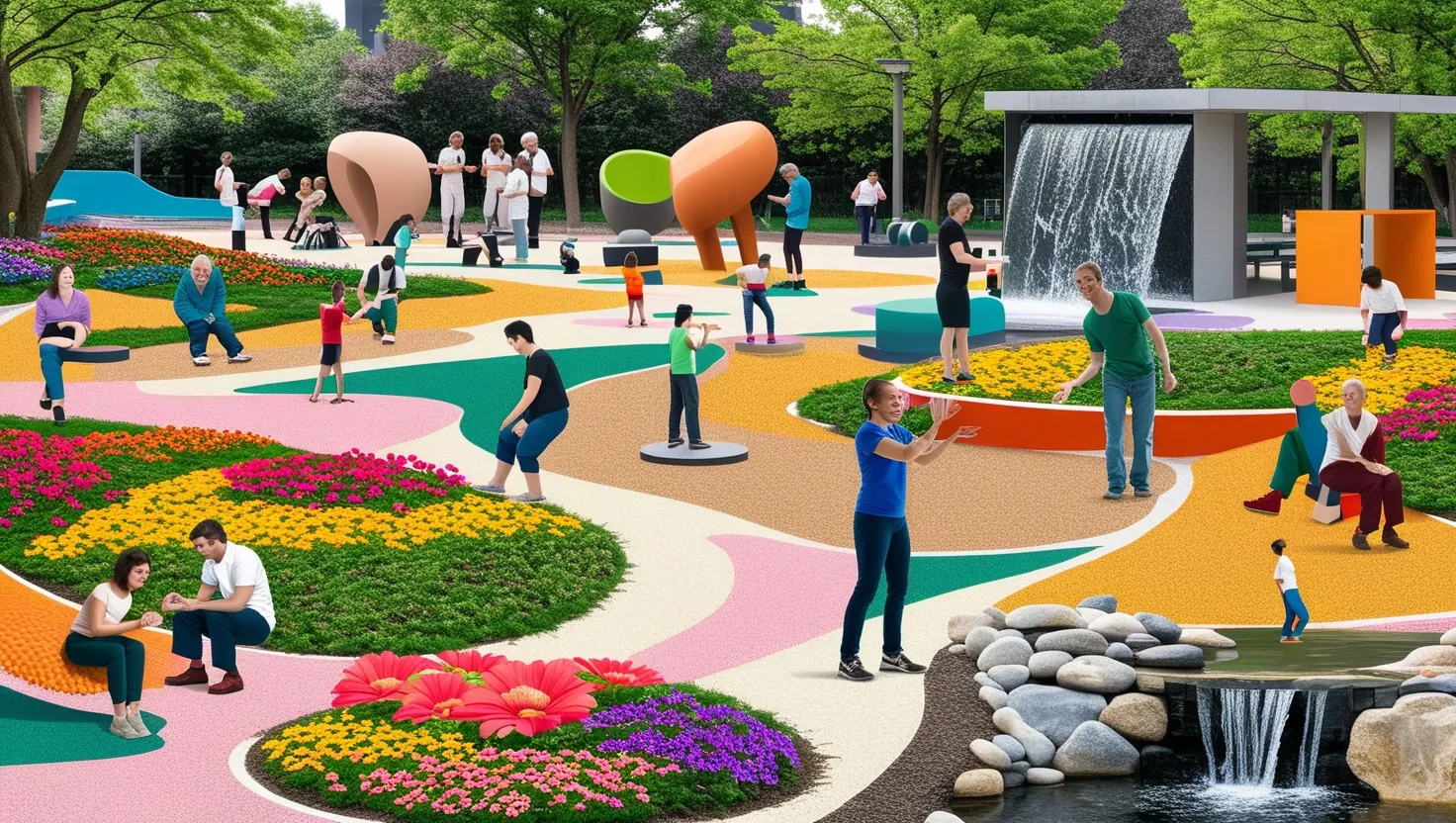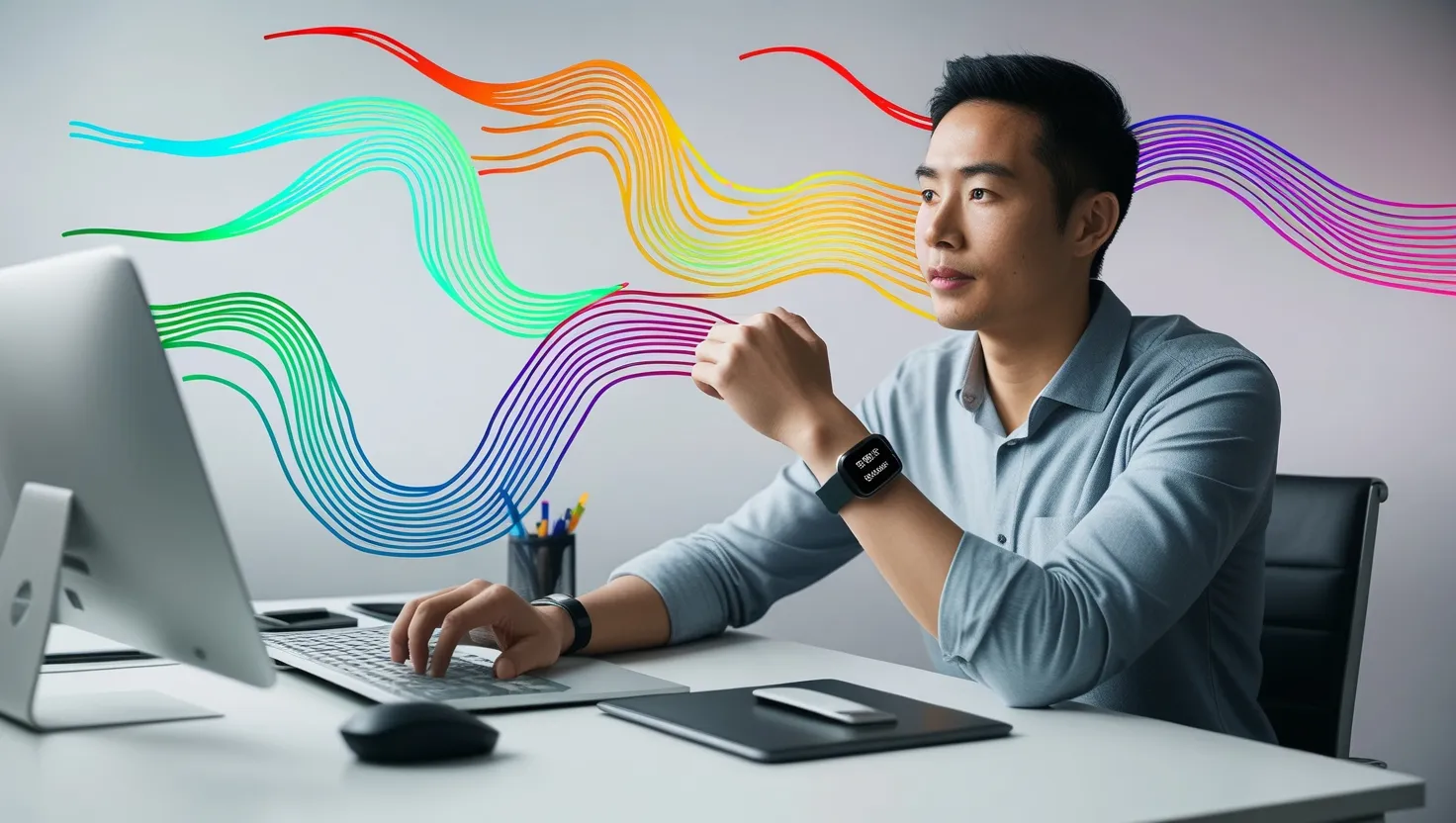In the midst of our increasingly digital lives, it’s easy to get lost in a sea of notifications, endless social media scrolls, and the constant ping of emails. However, there’s a way to reclaim your focus and simplify your digital existence: by adopting a minimalist approach to your digital lifestyle.
The Lean App Collection
When you open your smartphone or laptop, you’re often greeted by a cluttered landscape of apps, each vying for your attention. But do you really need all of them? The first step in simplifying your digital life is to curate a lean app collection. This involves taking a hard look at each app on your device and asking a simple question: Does this app add value to my life?
Start by categorizing your apps into essentials and non-essentials. Essentials are those that directly contribute to your personal or professional goals, such as productivity tools, communication apps, and educational resources. Non-essentials, on the other hand, are those that merely fill time or provide fleeting entertainment.
Once you’ve identified the non-essentials, it’s time to let them go. Uninstall apps that you haven’t used in the past month or those that serve no meaningful purpose. This decluttering process not only frees up space on your device but also reduces the mental clutter that comes with having too many options.
Single-Tasking: The Lost Art of Focus
In an era where multitasking is often praised, it’s surprising to learn that single-tasking can be far more effective. Single-tasking involves dedicating your full attention to one task at a time, eliminating the distractions that come with juggling multiple tasks simultaneously.
To adopt a single-tasking approach, start by setting clear goals for each work session. What needs to be accomplished? Once you’ve defined your objective, close all unnecessary tabs and apps. Turn off notifications and find a quiet, distraction-free space to work.
The results can be astounding. By focusing on a single task, you’ll find that you complete it more efficiently and with greater accuracy. This approach also reduces the mental fatigue that comes with constant task-switching, allowing you to maintain a higher level of productivity throughout the day.
A Minimalist Desktop and File System
Your digital workspace is just as important as your physical one. A cluttered desktop and disorganized file system can significantly impede your productivity. Imagine trying to find a specific document in a sea of randomly named files and folders – it’s a recipe for frustration.
To create a minimalist desktop and file system, start by organizing your files into clear, logical categories. Use intuitive naming conventions and avoid vague file names like “Document1” or “Untitled.” Instead, use descriptive names that tell you exactly what the file contains.
Next, tidy up your desktop. Move files and documents into their respective folders and avoid using your desktop as a temporary storage space. Consider using cloud storage services to keep your important files backed up and easily accessible.
Streamlining Email Management
Emails can be a significant source of digital clutter. A cluttered inbox can lead to stress and decreased productivity, as you spend more time searching for important emails amidst the noise.
To streamline your email management, start by unsubscribing from unnecessary newsletters and promotional emails. Use email filters and labels to categorize your emails, making it easier to find what you need quickly.
Regularly archive or delete old emails that no longer serve a purpose. Keep your inbox clean by dealing with emails as soon as you read them – either respond, archive, or delete them immediately.
The Power of Digital Detox
In a world where we’re constantly connected, the idea of a digital detox might seem radical, but it’s incredibly beneficial. A digital detox involves setting aside time each day or week to disconnect from all digital devices.
Start small by designating a few hours each day as screen-free time. This could be during meals, before bed, or during your morning routine. Gradually increase this time as you become more comfortable with the idea of being disconnected.
Digital detoxes can have profound effects on your mental health and productivity. By disconnecting from digital distractions, you can focus on offline activities, introspection, and genuine human connections. This break from technology can also help you recharge and come back to your tasks with renewed energy and focus.
Leveraging Automation Tools
One of the most powerful tools in the minimalist’s arsenal is automation. Automation involves using technology to handle repetitive tasks, freeing up your time for more meaningful activities.
Start by identifying tasks that you perform regularly, such as scheduling social media posts, sending follow-up emails, or backing up your files. There are numerous automation tools available that can handle these tasks for you, from Zapier to IFTTT.
By automating these tasks, you can reduce the time spent on mundane activities and focus on what truly matters. This not only enhances your productivity but also reduces the mental load associated with remembering and performing these tasks manually.
The Journey to Intentional Technology Use
Adopting a minimalist digital lifestyle is not a one-time event; it’s an ongoing process. It requires continuous effort to maintain a clutter-free digital environment and to ensure that your technology use remains intentional and purposeful.
As you embark on this journey, remember that it’s about creating a more deliberate and meaningful relationship with technology. It’s about recognizing that technology is a tool, not a master, and using it in ways that enhance your life rather than control it.
By implementing these strategies – curating a lean app collection, adopting single-tasking, organizing your digital workspace, streamlining email management, practicing digital detox, and leveraging automation tools – you can transform your digital life into a more focused, productive, and fulfilling experience.
In the end, it’s not about rejecting technology but about using it in a way that aligns with your values and goals. By doing so, you’ll find that you’re more focused, more productive, and more at peace in a world that’s increasingly digital.
